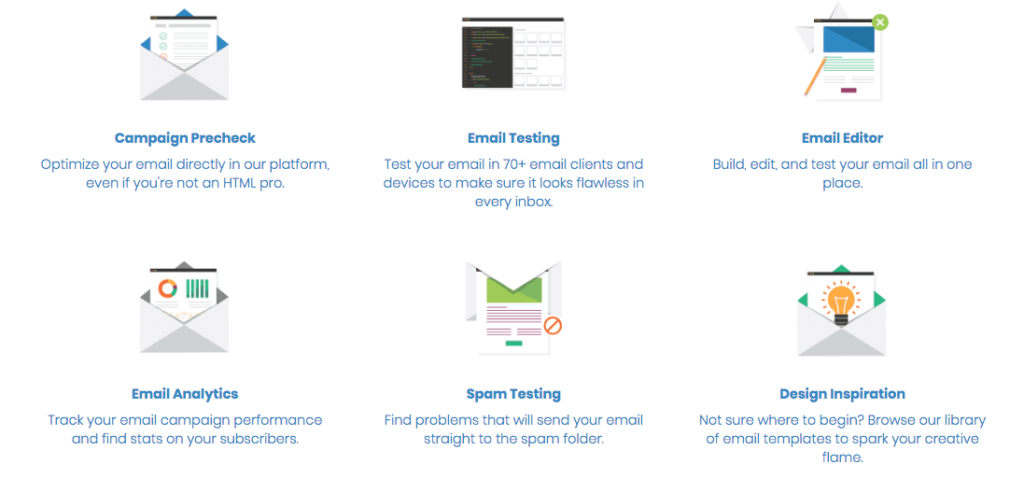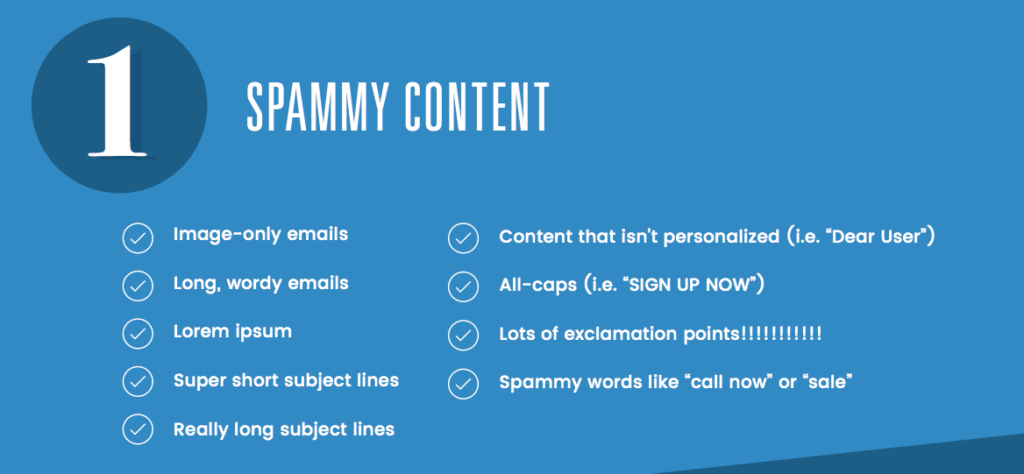Email Marketing
The ROI of Good Email Etiquette

Email Marketing

This post was updated on July 15, 2019. It was originally published in September, 2016.
Manners matter in email. The evolution of email marketing includes consumer protection laws (such as an unsubscribe button) as well as industry standards of email etiquette.
Good email etiquette has three primary traits:
When your brand achieves all three, you build trust and affinity with your email list, protect your brand reputation with subscribers and spam filters, and even increase your revenue potential with every email. There really is no downside to employing all three, and there are tools to make doing so fast and easy.

Transparency is the first step to building trust with subscribers. It lets them know you won’t abuse your privilege of emailing them.
Being transparent is as simple as using a double opt-in or a well-crafted welcome series. Even checking in on low-engaged subscribers to see if they’d like to remain on your list goes a long way. Plus, it keeps your email list tidy and healthy.
We cannot emphasize enough how important it is for brands to have a double opt-in measure in place. A slip of the finger causing a typo in a new subscriber’s email address is so easy to overlook. It can also be a detriment to your deliverability rate, since without a double opt-in, your email will bounce from an invalid email address, triggering spam filters for other subscribers.

A welcome email or welcome series is low-hanging fruit for brands to get on a new subscriber’s radar. On average, 74% of new subscribers expect an instantaneous welcome email, which typically enjoys 4x the open rate and 5x the click-through rate than other emails.
This is your first opportunity to put your best foot forward. Let your new subscribers swoon over your beautiful design, exciting promotions, and maybe even five-star customer reviews.
It’s the nature of email marketing that not every subscriber is going to open an email. Some may never open a single one. That’s okay, it’s the email marketing game we’ve all elected to play.
Sending a follow up email to a ghosting subscriber is a good way to try and win back their interest. Maybe this is done with an promotional incentive, or perhaps even just a “we miss you” email.

The fact is that subscribers who never open your emails could be hurting your deliverability rate elsewhere. That’s why it comes highly recommended that you send a re-engagement email to those subscribers so you can ensure a healthy list and peak deliverability for future emails.
By employing an open-and-honest approach with each subscriber, you are building trust with them. That helps you protect your brand’s reputation among your list and can build brand affinity.
More trust and affinity from them means higher revenue and engagement potential on every email for you.
Remember that there is a person reading your email, not a computer. Talk to them on a human level and be authentic in your own brand voice. This keeps it conversational, casual, and helps your brand stay approachable.
A sure-fire way to get marked as spam is to look or act like spam.
Overusing exclamation points, caps lock, and other missteps make it way too easy to come off as spam.
Use a clear “from” name that indicates your brand and be clear in your subject line and preheader text. To be extra safe, here’s a quick list of what to avoid to minimize spam filters or subscribers from interpreting your next email as spam.

Email segmentation is a personalization mechanism that typically affords a higher open rate. Personalization counts, even if it doesn’t include the subscriber’s first name.
Sending highly targeted, relevant content to subscribers goes a long way in proving a brand’s authenticity. Even if you have to create the same email twenty times over just to make it segmented to twenty specific groups, it’s well worth it.
Authenticity is what keeps your subscribers from unsubscribing, and also helps emails avoid the spam folder. Using spammy words and phrases or being too vague about who’s emailing your list and what’s in the email can cause someone to quickly mark as spam. This creates a domino effect and triggers other spam filters, so your email sees fewer inboxes and lives with lower engagement.
Sending an email doesn’t come with a re-do button, so be intentional and genuine with your content.
With the prevalence of email, it is more important than ever to make every message accessible. And if yours aren’t, it’s time to start implementing processes to make them accessible.

Accessibility is often approached as a nice-to-have instead of a must-have. In 2019, it is most definitely a must-have for any brand who is serious about their email marketing.
About 15% of the global population lives with a visual impairment. It’s safe to say that percentage extends to your email list as well.
Accessibility includes providing alt text on every image, running a spell check of your email’s HTML, checking color contrast ratios for color blindness, and more.

If someone can’t read or see your email, it’s not going to be very motivating for a conversion or action.
We are discussing email etiquette, after all. Good etiquette means taking steps to allow as many people as possible to participate in your email.
Your subscribers who use screen readers or live with any kind of visual impairment are going to give their business to the brands who optimize their emails for them too. If that’s not you, you’re missing out on potential revenue and conversions.
With all of the best practices for good email manners, there are ways to streamline your process so it doesn’t add hours to your day or stifle your output.